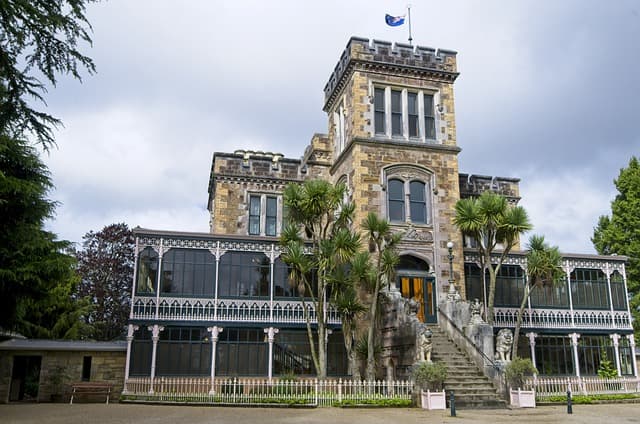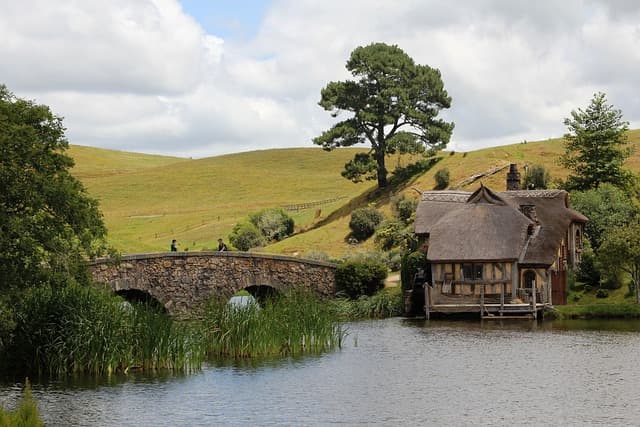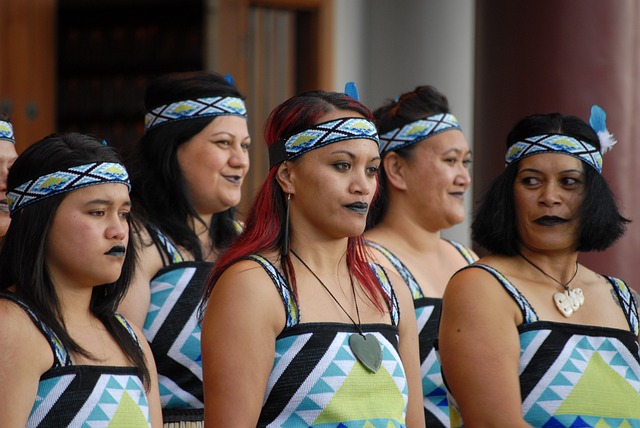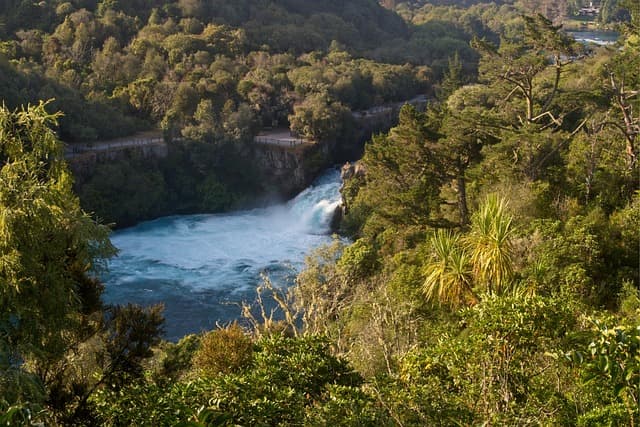Today we will tell you about the only castle in our country – Larnaca Castle. It is located in the town of Dunedin, the capital of the Otago region (south-eastern coast of the South Island) and bears the name of the banker and politician William Larnaca, who built it for his family – his beloved wife Eliza and six children. The tragedy that played out in this castle at the end of the 19th century is the main thing that attracts tourists from all over the world to this beautiful but sad place.
William Larnack, who came to New Zealand from his native Australia in 1867 on the wave of the gold rush that swept the country, himself chose the place for the future castle, and it must be said that he was not mistaken with the choice. The castle stands on a hill across the bay from the town of Dunedin and the port of Chalmers, with stunning views of the bay and the ocean. The owner of the castle, a shipowner himself, has seen every ship that has entered the harbor. It must be said that it was on Larnaca ships that the first refrigerators were installed, which allowed the export of New Zealand meat to Europe to finally begin.
The construction of the castle lasted three years and was completed in 1871, but its interior decoration by craftsmen from Europe continued for another 12 years! Materials for the construction and decoration of the castle came from all over the world: marble from Italy, slate from Wales, floor tiles from England, glass from Venice and France. Local precious woods were also used – ceilings made of kauri, floors made of rimu and paneling made of honeysuckle. In 1885, a ballroom of 280 square meters was added to the castle. Larnac spared no expense in building his dream home. He called it The Camp. This name is tiled in the lobby of the castle.
William Larnac was an influential politician and a successful businessman. He moved to New Zealand from New South Wales after accepting a position as Governor of the Bank of Central Otago. He was a banker, shipowner, farmer and MP with progressive views. For example, he supported Kate Sheppard’s fight for women’s suffrage. Her portrait is featured on the modern New Zealand $10 bill.
Eliza, William’s first wife, who bore him six children, died in 1880m at the age of 38, when their youngest daughter Gladys was still an infant. Two years later William married Eliza’s half-sister Mary, but she too died five years later at the same age of 38. On January 27, 1891, William married for the third time to a woman from a noble and influential Wellington family, Constance de Basie Brandon. The groom was 57 years old and the bride was 35. The groom’s youngest son Douglas Larnac was only 7 years younger than his new stepmother, so it is not surprising that Douglas and Constance fell in love. Their tumultuous romance developed in the castle and its beautiful gardens. Constance became pregnant, but was going to get rid of the child without revealing the secret to her husband, however, Douglas wrote a frank letter to his father. On October 12, 1898, in his office in the Parliament House, William Larnac shot himself. He left no suicide note. The official reason for his suicide was impending bankruptcy and the loss of his parliamentary seat, but Owen Marshall, the author of the novel The Larnacs, insists on a more romantic version – a wife and son liaison. Be that as it may, the truth is forever hidden in Dunedin North Cemetery in a crypt built as a miniature replica of Robert Lawsen’s First Church.
William Larnack left no will, which seems rather odd considering his situation and suicide. After his father’s death, there was a struggle for inheritance between his children, but the eldest son Donald did everything to disinherit his brother Douglas, a traitor and “patricide”. In 1906 the Larnac family sold the castle to the Otago Regional Government for £3,000. Since then, the castle has been used as a hospital for the mentally ill and, during World War I, for soldiers with disturbed minds. From 1918 to 1967 the castle changed hands and was reduced to a very poor state of repair. When Barry and Margaret Barker from the USA bought the castle in 1967, it was almost in ruins. The Barker family has worked hard to restore the castle building and its interiors. Today, Larnaca Castle is one of the main attractions of Dunedin, where it is a pleasure to visit. The Barkers bought back and returned the once sold out Larnaca furniture, paintings and crockery to the castle so that visitors can see the original items and furnishings from the late 19th century. The gardens of Larnaca Castle are a work of art by landscape designers, past and present. In good sunny weather, which is not often enjoyed by the locals, the castle gardens become a paradise. As you walk along their intricate paths overlooking the picturesque bay, pictures from the past come to mind. William Larnacus is on the tower of the castle, gazing at a ship entering Chalmers harbor. Eliza, in an elegant dress, walks arm in arm with her eldest daughter Kate. And here is Douglas and Constance kissing passionately in the gazebo over the cliff…..




